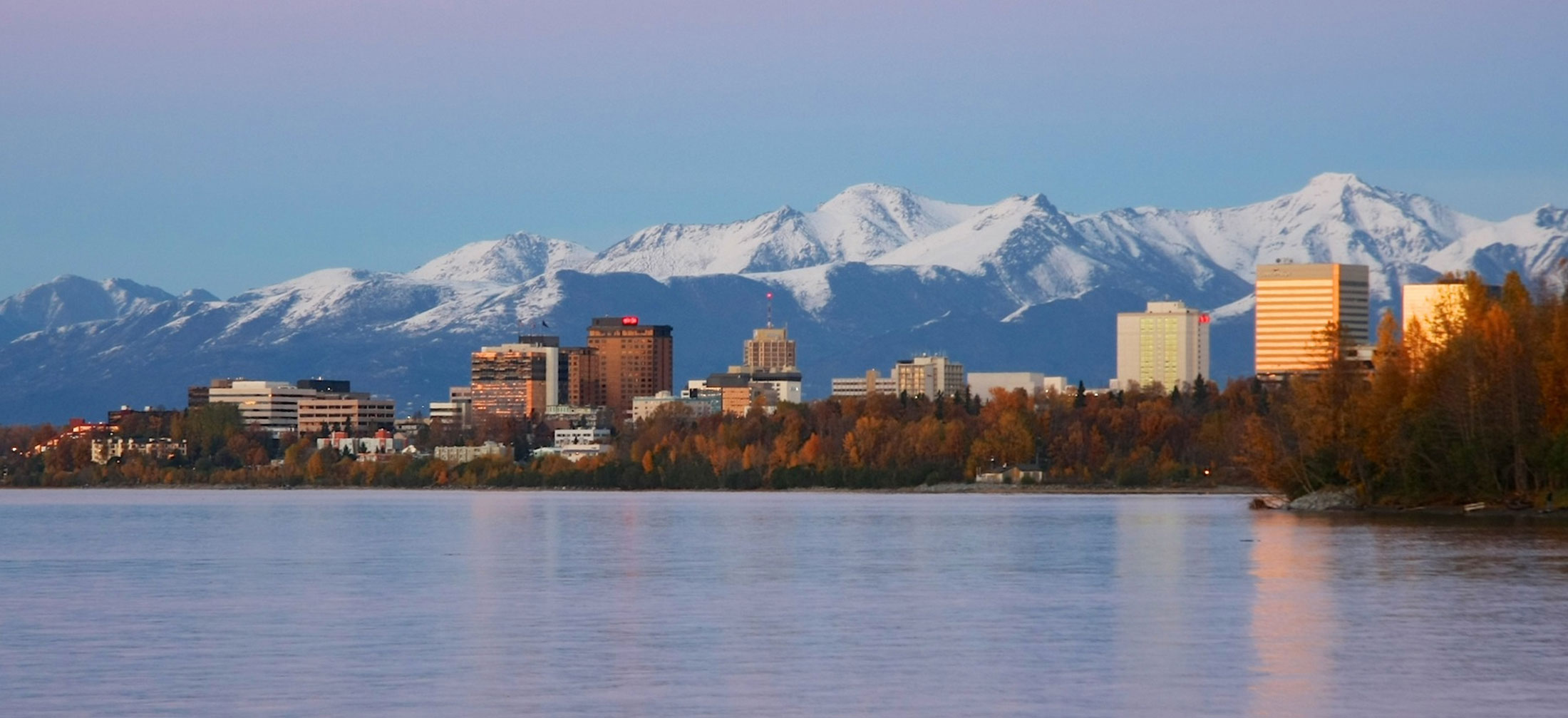What would you do with $10 million to support rural schools?
When we posed this thought-provoking question to our rural education team at Marzano Research, it set the stage for a passionate discussion about innovative solutions for rural schools.
This hypothetical allowed our rural education team to dream big. Rather than focusing on curriculum and instructional materials, they honed in on staff, infrastructure, and other vital issues rural districts face.
Here are our picks for what to invest in with $10 million:
-
Rural Teacher Shortages
 Whether urban, rural, or somewhere in between, schools across the U.S. are grappling with staffing shortages. So, what can rural districts do to become more enticing for potential educators? Our work in the remote Lower Kuskokwim (SP) School District in Alaska suggests that schools should dive into the local data about teacher working conditions to capitalize on positive aspects of rural settings. We’ve also seen teacher residency programs that support teacher candidates working in rural areas of Colorado.
Whether urban, rural, or somewhere in between, schools across the U.S. are grappling with staffing shortages. So, what can rural districts do to become more enticing for potential educators? Our work in the remote Lower Kuskokwim (SP) School District in Alaska suggests that schools should dive into the local data about teacher working conditions to capitalize on positive aspects of rural settings. We’ve also seen teacher residency programs that support teacher candidates working in rural areas of Colorado.
To support recruitment and retention efforts, Marzano Research has partnered with the Colorado Center for Rural Education (CCRE) to evaluate the impact of a rural stipend program for teachers. The program incentivizes teachers to accept and remain in rural teaching positions. Analysis of retention data and interviews with stipend recipients indicated positive outcomes for rural teacher recruitment and retention. This program and evaluation process could be replicated in rural schools nationwide.
One of the “big dream” brainstorm solutions proposed by Marzano Research staff is subsidizing housing. Teacher salaries have long been criticized as notoriously low, and making housing available to teachers in the district can help them make the most of their salaries while reducing commute times. This approach has already proved effective, as a recent New York Times article highlighted.
By offering nearby housing, rural districts can not only attract outstanding educators but also bolster extracurricular activities. Teachers who don’t have to spend hours commuting may have more availability to stay after school to provide remedial help and supervise student clubs.
-
Community Schools for Rural Areas
 We understand that education extends beyond the classroom and core academics. By acting as a hub for events and social connections, schools and educators can serve their entire community. Community schools share four pillars: integrated student supports, expanded and enriched learning time and opportunities, collaborative leadership and practices, and active family and community engagement. For example, in the 2023-24 school year, we’re working with the Central Consolidated School District in New Mexico on a needs assessment and asset map as they plan to transform a rural elementary school and middle school into full-service community schools. The Marzano Research team is eager to explore what this could look like in more rural areas.
We understand that education extends beyond the classroom and core academics. By acting as a hub for events and social connections, schools and educators can serve their entire community. Community schools share four pillars: integrated student supports, expanded and enriched learning time and opportunities, collaborative leadership and practices, and active family and community engagement. For example, in the 2023-24 school year, we’re working with the Central Consolidated School District in New Mexico on a needs assessment and asset map as they plan to transform a rural elementary school and middle school into full-service community schools. The Marzano Research team is eager to explore what this could look like in more rural areas.
-
Postsecondary Readiness for Students in Rural Communities
 The team didn’t overlook the importance of developing students’ 21st-century skills. Nurturing skills like adaptability, collaboration, empathy, media and technology literacy, social capital, problem-solving, and critical thinking are vital to student success after high school. (In fact, Marzano Research recently collaborated with the Colorado Rural Education Collaborative (CREC) run by Generation Schools Network to guide rural Colorado districts in systematically teaching and evaluating these skills.) Also related to students’ postsecondary readiness is the extraordinary value of career and technical education (CTE). The Marzano Research team was excited about the potential to further explore how to grow CTE options and opportunities to learn 21st-century skills in rural communities.
The team didn’t overlook the importance of developing students’ 21st-century skills. Nurturing skills like adaptability, collaboration, empathy, media and technology literacy, social capital, problem-solving, and critical thinking are vital to student success after high school. (In fact, Marzano Research recently collaborated with the Colorado Rural Education Collaborative (CREC) run by Generation Schools Network to guide rural Colorado districts in systematically teaching and evaluating these skills.) Also related to students’ postsecondary readiness is the extraordinary value of career and technical education (CTE). The Marzano Research team was excited about the potential to further explore how to grow CTE options and opportunities to learn 21st-century skills in rural communities.
-
Roads and Buses
 Kids cannot learn in school if they can’t get there in the first place. Investing in repairing and improving roads is a significant step in ensuring students’ accessibility to school. The team also discussed how money could be put towards increasing district bussing. Research has linked eligibility to ride the bus with increased attendance and reduced chronic absenteeism – highlighting the importance of maintaining and increasing bus availability rather than reducing service the way some districts have due to budget constraints. The team floated the idea of self-driving buses as well, which would free the adult on the bus to more closely supervise and interact with students and provide meaningful activities on the way to and from school. However, the team recognized that self-driving technology is not yet reliable or affordable enough for this to be a feasible near-future option.
Kids cannot learn in school if they can’t get there in the first place. Investing in repairing and improving roads is a significant step in ensuring students’ accessibility to school. The team also discussed how money could be put towards increasing district bussing. Research has linked eligibility to ride the bus with increased attendance and reduced chronic absenteeism – highlighting the importance of maintaining and increasing bus availability rather than reducing service the way some districts have due to budget constraints. The team floated the idea of self-driving buses as well, which would free the adult on the bus to more closely supervise and interact with students and provide meaningful activities on the way to and from school. However, the team recognized that self-driving technology is not yet reliable or affordable enough for this to be a feasible near-future option.
What are your dreams for rural education?
While your rural school or district may not have a multi-million-dollar windfall to invest however you wish, there’s immense value in dreaming big. Sometimes, when we think beyond the limits of practicality, we unlock more innovative ideas. Extraordinary solutions can emerge when brilliant minds come together with permission to dream on a grand scale.
However, dreaming alone isn’t enough. Our ultimate goal is to turn your education improvement dreams into reality, even if it’s in small, incremental steps. We’re equipped to conduct research and consult on a wide variety of education topics, all aimed at enhancing program outcomes for students, staff, and stakeholders. Our expertise spans four primary practice areas: early care and education, school improvement, classroom practice, and rural education. At Marzano Research, we translate vision into action. Our creative and collaborative team is ready to bring sustainable, evidence-backed solutions to schools everywhere—learn more here.
If you are (or know someone) in a rural district and would like to learn more about acquiring funds and using them effectively, reach out to Caitlin Scott or Steven Tedeschi, our rural practice area leaders at Marzano Research.




